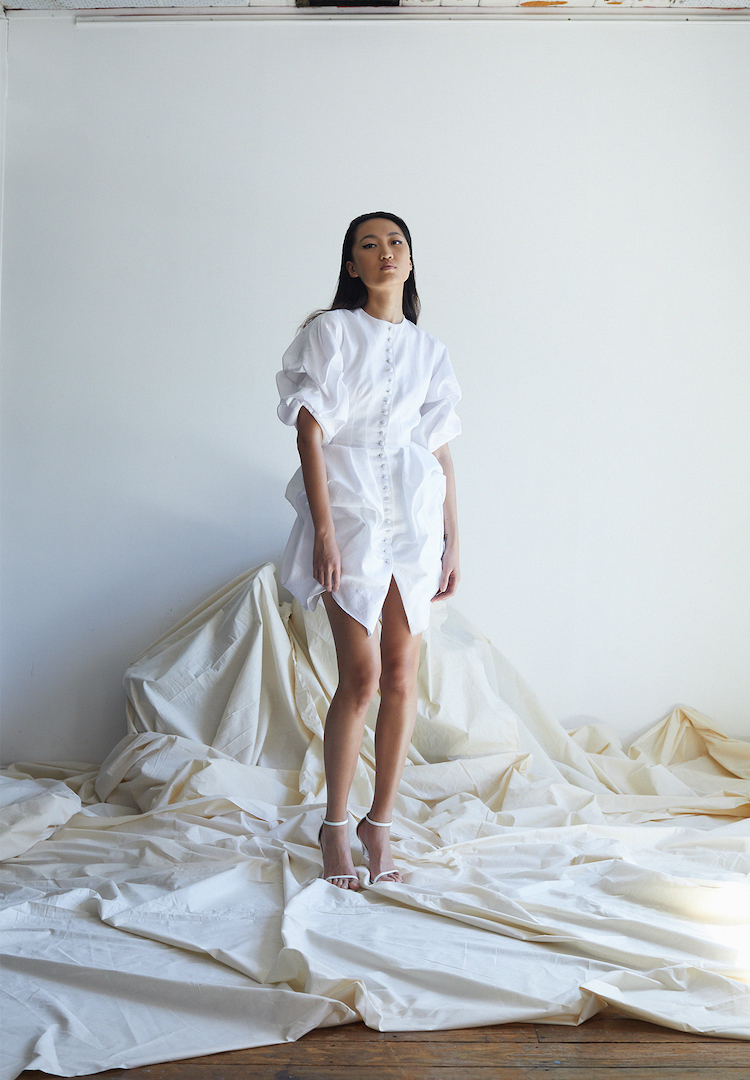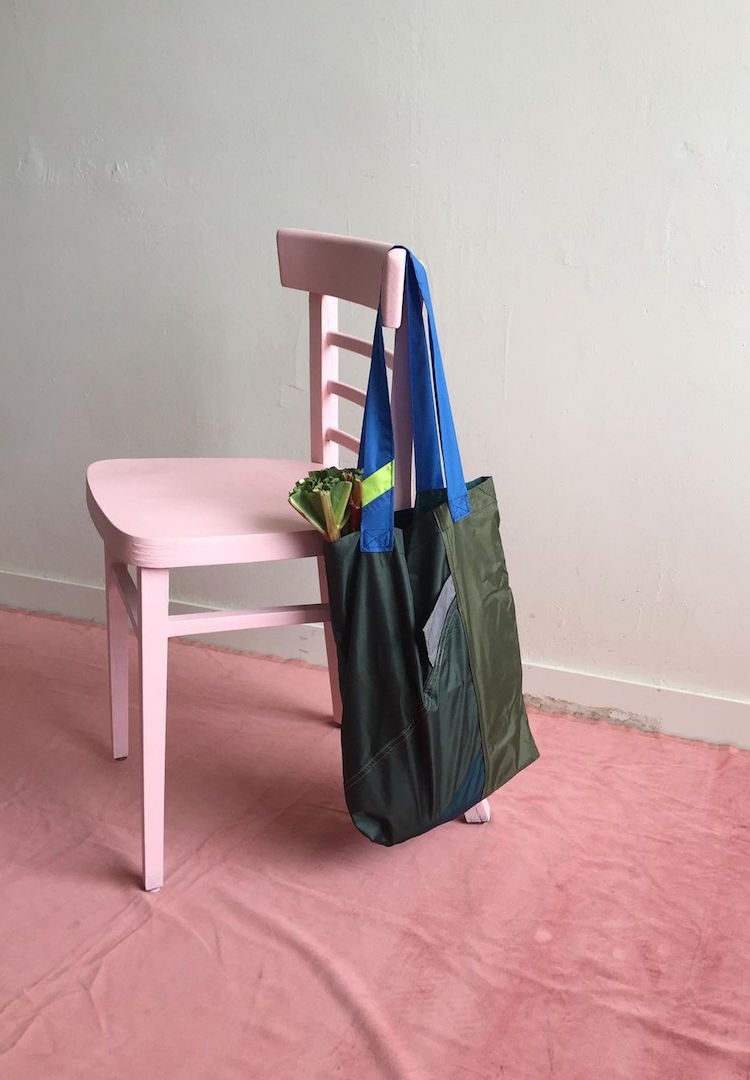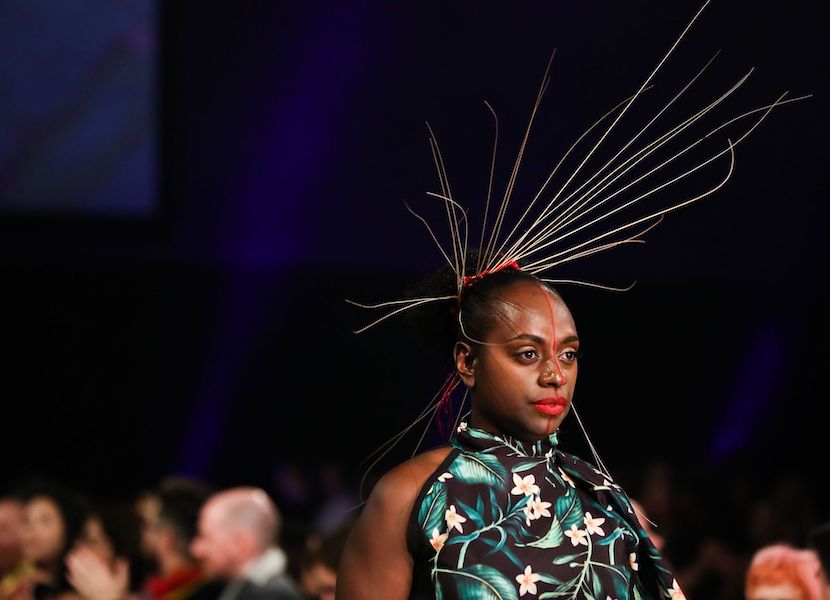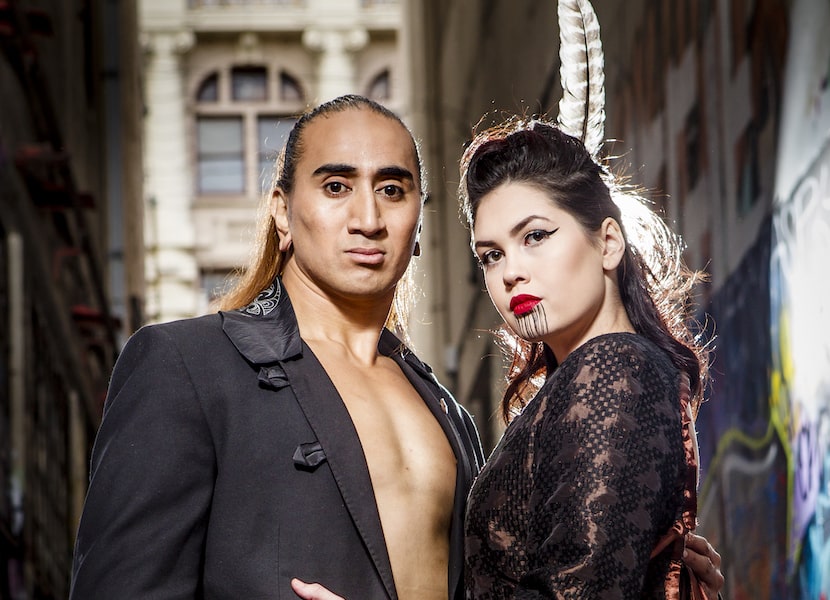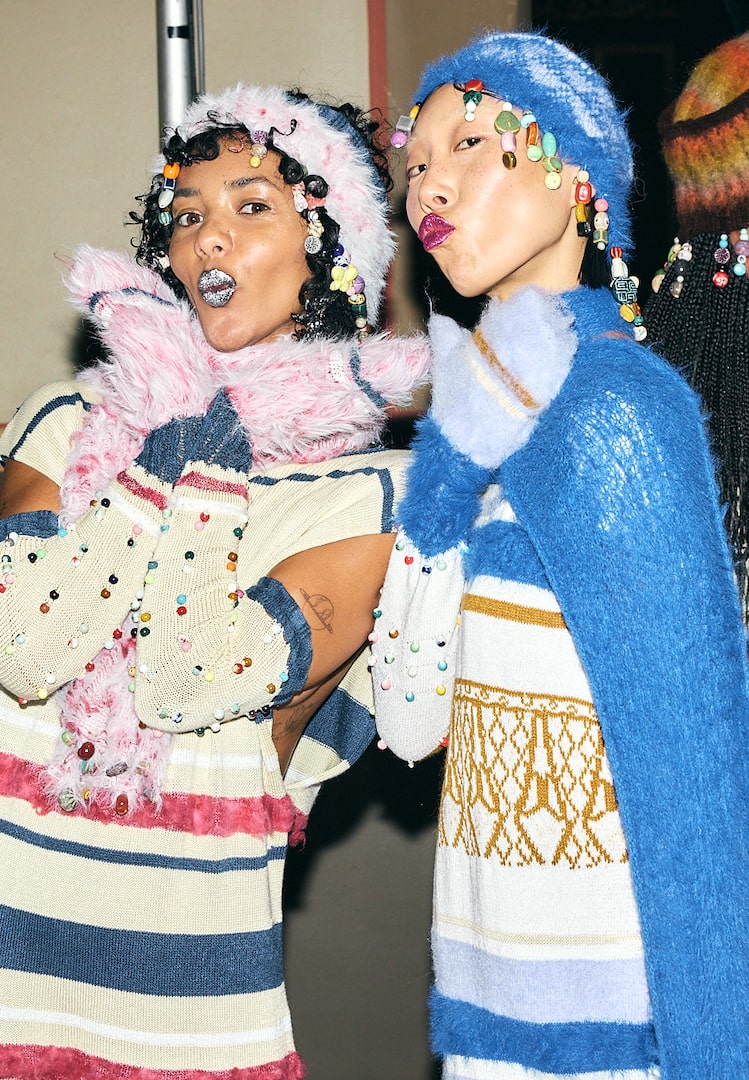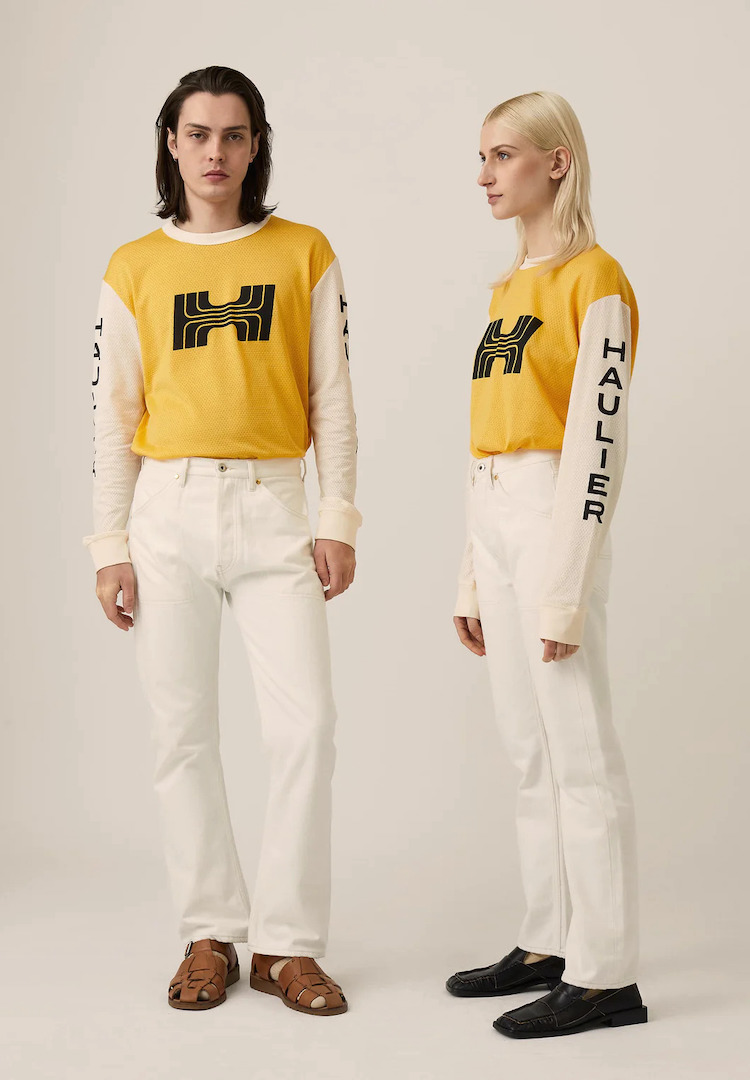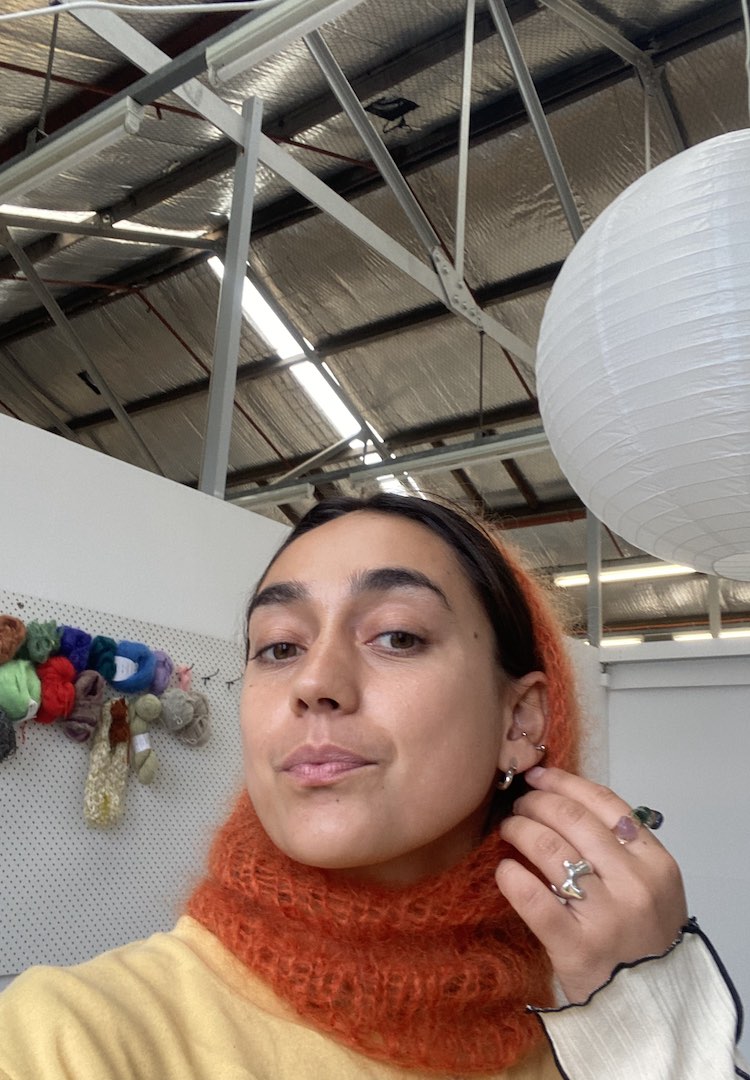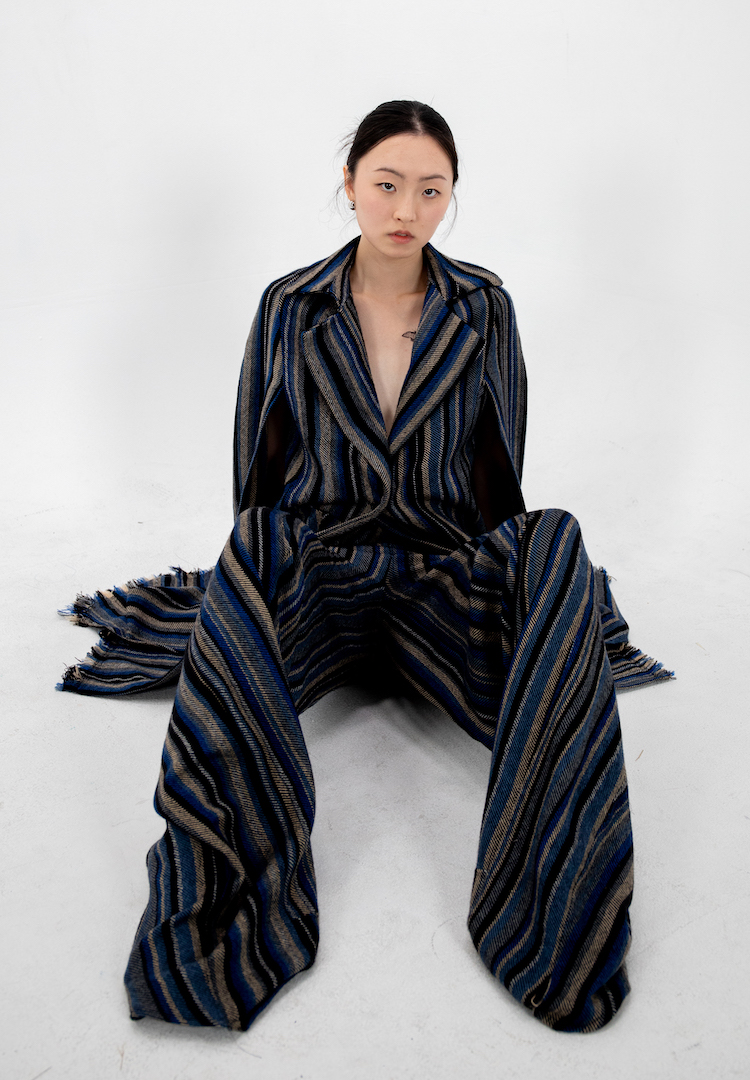Meet the initiative providing First Nations people with career pathways into the fashion industry
WORDS BY TIFFANY FORBES
From never having been to a fashion show, to being the star of a runway.
“When we first had a careers person [come to school] to say you can be a doctor and you can be whatever, I know myself, as a New Zealand Indigenous person especially, there were no pathways for us at the time,” CEO Tina Waru explains when asked about the origins of the successful initiative she runs today.
Directly inspired by her own experiences as a young Indigenous New Zealand woman who felt the impacts of not always having access to opportunities and career pathways, Tina set her mind to making change. And that’s how the Indigenous Runway Project was born.
Looking for some similarly thought-provoking reads? Subscribe here and we’ll send them straight to your inbox.
Offering an intensive week of training and education about what it takes to get your foot in the door of the fashion industry, the program seeks to set First Nations mentees up for careers in modelling, fashion design, photography and acting.
“Many don’t know how to walk in heels and have never been to a fashion show before, but they became runway models in a week!” Tina laughs proudly.
While the program requires mentees to put in the hard yards, the outcome is more than just professional skills.
“One of the things that we really champion is that you must learn to invest in yourself. We want to provide [our mentees] with confidence and the self-esteem to stand out there and represent their people.”
I was curious about why Tina started the initiative and where some of her mentees were now, so I sat down with her to find out.
What an awesome initiative the Indigenous Runway Project (IRP) is. Can you walk me through how it came about?
The IRP began as a personal journey for me. As a young girl, I only made the first year of high school and I never went further because I never had that confidence and self-esteem. When we had a careers person out here to say you can be a doctor and you can be whatever, I know myself (as a New Zealand Indigenous person especially), there were no pathways for us at the time. It just wasn’t something we took on. So, I left school early and of course had children early.
Just before I was 20, I decided to go into makeup. I wanted to be a makeup artist, but of course no one in my family or within my community actually wore makeup. So it never went anywhere, and I certainly didn’t realise you could make a career out of it like you see people doing now. Later, I went on to selling garments – tracksuits – for a company. I was with this garment maker for a while and I absolutely loved it.
During this time, one of my aunties had also established the first Maori runway in New Zealand. I was so intrigued by that and it really inspired me. After that, I kept thinking to myself, I wish I could go into fashion. It wasn’t until my children all grew up and went to school and university that I began working for mental health initiatives, then came to Australia and decided I wanted to work with First Nations people.
That was when I started creating programs for young people and their families. I decided to create a makeup program because like I said, when I was young, I absolutely loved it. I had no idea the huge interest it would generate from young people. It was in that class that one of the young people actually said to me “Well, why can’t we do fashion too?” and I was like, we don’t have the funding to do it, but it piqued my interest.
When I was in the cultural group back in New Zealand, we would go to fashion festivals and we’d perform. I remember I’d look around at all the designers and think, where are the Indigenous designers and models? I couldn’t see anyone. So, of course when I came here and that young person said that, I decided to have a look into it and no First Nations fashion initiatives existed here. So, for me, that brought up an old wound as a young Indigenous girl, thinking why aren’t there pathways out there? A lot of Indigenous people love being creative, it runs through their family and blood, so it pulled at my heartstrings because I couldn’t understand why, at the time, there were no career pathway opportunities there. So that’s why I decided to create one.
Do you know how many mentees you have impacted?
The IRP has been going for about 10 years and already there have been about 7500 people who have applied to the program, and we have provided support to about 1700. It’s crazy to say that number out loud, especially given it’s only been in the last two years that we’ve received any funding.
Do you work with mentees solely in Australia or internationally?
They all come from all over Australia to be able to participate, and often they bring their whole families. We had an Indigenous family from Palm Island and the entire community helped fundraise for the family to attend our program for the entire week. We then have around 10 per cent of students who are international. We have them come from Canada, New Zealand, the Pacific, Papua New Guinea, they’re flying from everywhere.
Where are they now?
One of our First Nations Native American people who came to the program many years ago was cast into a film called The Magnificent Seven as Red Harvest, so he starred as part of the main cast alongside Denzel Washington and Ethan Hawke, and now he’s working on a project with Angelina Jolie. Others have gone on to work in TV, modelling and fashion design.
Wow, that must be so rewarding to see?
To be honest, a lot of the time I have no idea, because we’re so focused on getting them to the fashion events and the program, that it’s not until later when the families [of the mentee] will come to me and share their stories and you’re sort of sitting there like this is so surreal because you don’t expect something that you created from your own experience to have such an impact on so many people.
What role does maintaining a cultural dialogue through fashion play in the program?
It’s hugely important. One of the things for us is really telling a story. When we first started we found that the way we expressed stories of fashion, people couldn’t understand. When they sat there, they thought what on earth is that doing there? It’s not meant to be on there. People didn’t understand that it was a part of something that had significant cultural value to that designer. So, we started finding ways we could tell the story more, in a way that would be translatable to others.
Another thing for me especially is that not only is our program about creating clear pathways for young people who are looking at modelling or going into the fashion industry, but also teaching them to really hold strong to their own cultural values and their own cultural stories and then having that speak through fashion.
You can learn more about the Indigenous Runway Project here.

